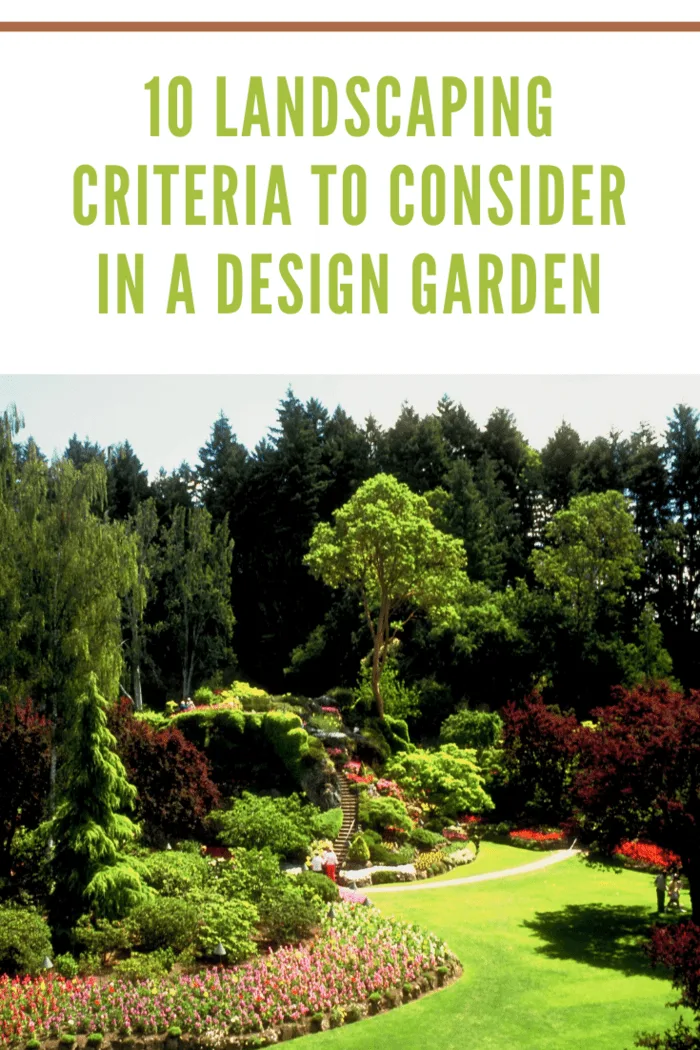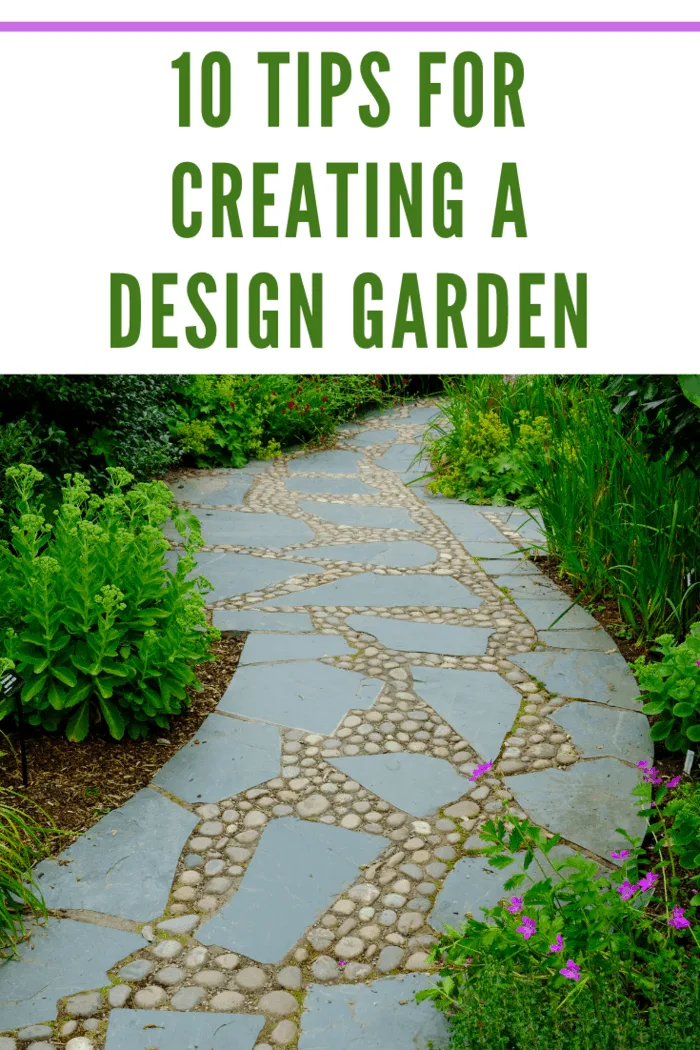Landscaping Criteria To Consider In A Design Garden: Crafting Your Perfect Outdoor Space
When it comes to designing a garden, is it really as simple as it seems? We all have unique visions of beauty and personal criteria, shaping how we want our outdoor space to look. Whether you’re a natural at sketching ideas or rely on mental imagery, translating those dreams into reality is an entirely different story.
Creating a “designer garden” isn’t just about planting flowers or arranging shrubs; it’s about blending nature and culture, crafting a space that evolves, thrives, and serves both aesthetic and functional purposes. Designing a garden that feels like an extension of you—unique, personal, and one-of-a-kind—requires a thoughtful approach. And while it may not be easy, the good news is, with the right guidance, you can make it happen.

No One-Size-Fits-All Formula: Why Every Garden Is Different
One thing to keep in mind: there’s no mathematical formula for a perfect garden. Each outdoor space is a unique reflection of personal taste—yours and your landscaper’s. The way these two visions blend together defines the final design. A great garden design strikes a balance between practicality and beauty, working in harmony with its environment while offering year-round greenery and color.
Now, let’s explore the 10 key landscaping criteria to consider in a design garden—the essential elements that will shape your dream outdoor space.
1. The Context: Your Garden’s Place in the World
Your garden doesn’t exist in isolation; it’s part of a larger ecosystem. Consider the natural environment and the surrounding architecture. How does your garden fit into the local landscape? The cultural and social values of the area may also play a role in the design. For example, if you’re in a historic neighborhood or a region known for specific plants, these factors will influence your decisions.
2. Geometry: Bringing Structure to Nature
Geometry is often overlooked, but it’s a critical tool in garden design. It’s what provides order, balance, and visual harmony. Think of your garden’s shape and structure as its skeleton—geometric patterns give clarity, ensuring the design isn’t just beautiful, but also functional.
3. Relationship with the Building: A Seamless Connection
Your garden should complement the building it surrounds. Consider the architecture, style, and materials of your home. Are you working with a sleek, modern structure or a rustic, country-style home? The goal is to create a seamless connection between indoor and outdoor spaces, so they feel like a natural extension of one another.

4. Spaces: Defining Areas for Function and Flow
A well-designed garden isn’t just about aesthetics; it’s about creating spaces with purpose. Whether you want a cozy nook for reading, a space for entertaining guests, or a garden bed for vegetables, think about how you’ll use each area. These defined spaces will guide the flow and functionality of your garden.
5. Pathways: Creating Journeys Through Your Garden
One of the most enjoyable aspects of a garden is wandering through it. Consider the pathways that will connect different spaces within your garden. Do you want a meandering stone path or a sleek, modern walkway? The journey through your garden should be an experience, offering something new with each step.
6. Vegetation: More Than Just Greenery
Plants are the heart and soul of your garden. They add color, texture, and movement, transforming your outdoor space with each season. When choosing plants, think beyond aesthetics—consider how they’ll grow and change over time. A well-designed garden is dynamic, with plants that evolve year after year.
7. Trends: Staying Current While Being Timeless
Like fashion, garden design follows trends. In recent years, we’ve seen a rise in sustainable landscaping, native plants, and minimalist designs. But remember, while trends can inspire, your garden should ultimately reflect your personal style. Take cues from what’s popular, but ensure your garden feels timeless and uniquely yours.
8. The Technical Foundation: Getting the Basics Right
Beneath every beautiful garden is a solid foundation of technique and expertise. Constructive and gardening techniques—like proper irrigation, soil health, and drainage—are essential for long-term success. Aesthetics are important, but without technical know-how, your garden might struggle to thrive.
9. Your Personal Style: Make It Yours
Your garden should be a reflection of you—your lifestyle, tastes, and even your hobbies. Love to cook? Incorporate an herb garden. Passionate about sustainability? Opt for native plants and eco-friendly materials. The design process should breathe your personality into every corner of the garden.
10. The Landscaper’s Signature Style: An Artist at Work
While your garden is a reflection of you, it’s also a reflection of your landscaper’s expertise. Every landscaper has their own signature style, much like an artist. When choosing a landscaper, consider their portfolio and design sensibility—do their previous works align with your vision? Collaboration and trust are key to ensuring the final design meets your expectations.
The Key to Success: Understanding Your Vision
In the end, the most important factor in creating your perfect garden is understanding your vision. The best designs stem from a deep understanding of the owner’s tastes, preferences, and needs. When working with a landscaper, open communication is vital. Choose someone who listens to your ideas and brings them to life in a way that feels both functional and beautiful.
Ready to Design Your Dream Garden?
Whether you’re planning a complete backyard overhaul or simply adding new features, your garden should feel like an extension of you. Take the time to carefully consider these landscaping criteria, and when you’re ready, partner with a landscaper who can translate your vision into reality.
Looking for tools to get started? Check out some of my favorite gardening supplies here and begin your journey towards creating the outdoor space you’ve always dreamed of!
